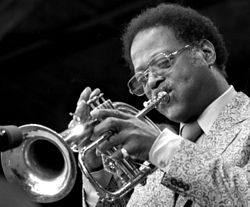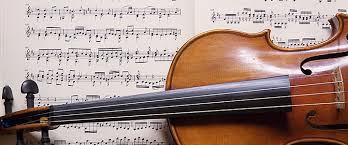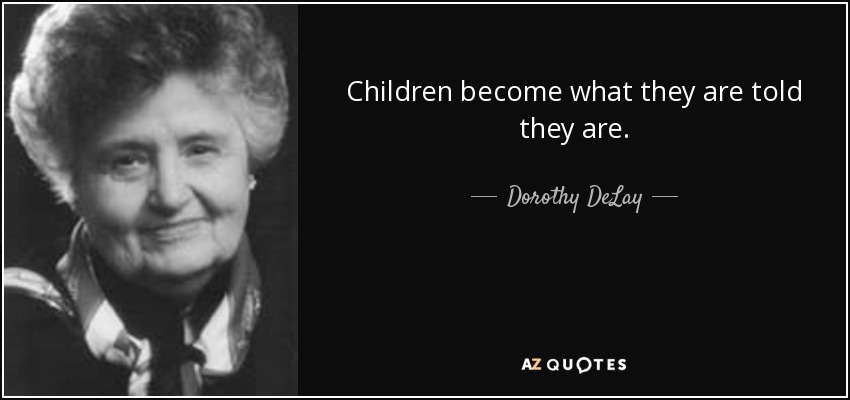
Imitation: The foundation of creativity
A few years back I participated in a violin master class in southern France where I had the chance to watch other pupils’ lessons. In one of these lessons a Spanish violinist was playing the first movement of the Brahms violin concerto. In the first few bars of the violin solo the teacher interrupted the student and said: “Why did you make an accent in this low A? Neither Heifetz nor Oistrakh or Milstein play this accent. Why are you doing it then? Plus it is not written.” That moment really struck me. I still remember it!
There are two arguments here. The first is: Should a student play an accent or any other interpretive element when this is not written on the page? The second is: Should the student decide their interpretation purely based on what great masters have played on their recordings? At least for a small period of their studies? I would like to focus on the second argument here. I think that by imitating the playing of great masters, the student can understand it in depth and benefit from it. More or less all musicians copy great masters. I think, however, that a more interesting argument to make is whether deliberate and exact imitation helps a student to cultivate their musicality and creativity.
The famous jazz trumpet player Clark Terry considered imitation as the first and most important step to learning the art of improvisation. According to Terry’s approach a musician has to go through a three steps process in order to master improvisation. These steps are: Imitation, Assimilation and Innovation. First a performer has to spend countless hours copying the solos, the character and the colours from the playing of the great jazz musicians. Then they have to play these solos so many times and in all keys so they can assimilate them. As a result of this hard work on imitation and assimilation the performer will gain an in depth knowledge of the tunes the harmony and rhythms which will empower them to innovate and create their own artistic personality.
I believe that this process can be very beneficial for classical music performers. For example, by imitating the playing of a great master they will be able to understand and feel how the masters are making rubato, how intense their phrasing is or how they articulate the structure of a musical work. The assimilation of these elements and a solid knowledge of harmony and music analysis will help them to move to the innovation phase where they can develop their own artistic voice. This last and most important phase is where most teachers fail in helping their students.
In the next articleI will deal with how a teacher can help their students cultivate their own musical personality.
Practice well!



